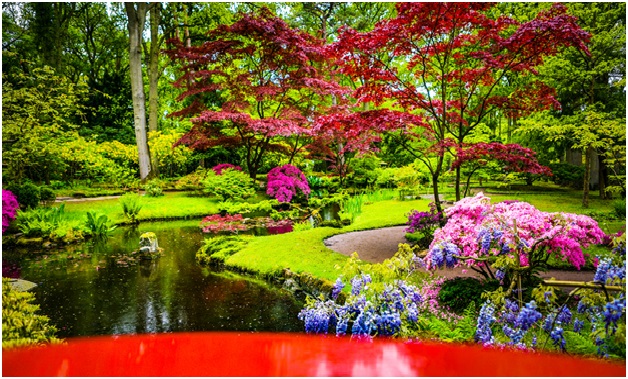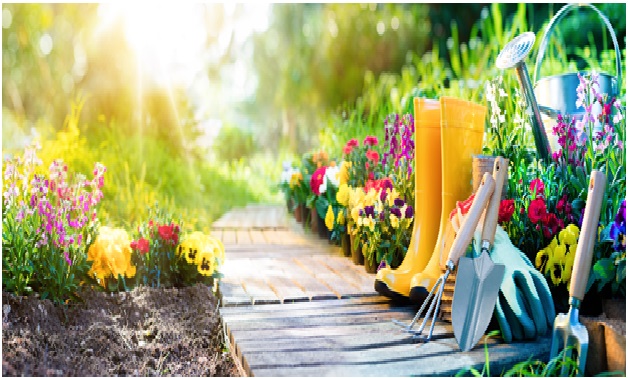Designing A Rock Garden
If you learn how to design your own rock garden, then you’ll know how to improve the look and appeal of your whole yard. For every rock and plant, you can put in your garden, there’s a way to design it—but that doesn’t mean you should go planting willy-nilly and expect it to come out right. Deliberate planning can mean having a garden both aesthetically pleasing and rewarding as neighbors glare at your garden, green with envy.
Your first task is examining the space you have. All yards have a ground surface, of course, so you’re good there. But yours probably has grass, trees, weeds, or other kinds of vegetation. Look for a part of your garden without any of this vegetation—and you’ll find the best place for you rock garden.
You can use a very popular method of making a rock garden: place bedrock jutting from the ground dramatically with your garden on top of it. The idea in placing your plants here is to hide cracks in your bedrock to create an illusion of a single piece, instead of many smaller pieces.
You could also try the Japanese rock garden method. Usually, this consists of sand in a limited area with a few rocks strewn around it. It often includes artful designs traced through it with a rake. This could be a very beautiful arrangement—and you could change it whenever you like.
Once you’ve examined your land, you need to select an area without anything growing thereon already. If you’re staring down a natural rockscape or a big pile of dirt, then you’re golden, because all of your pre-planning work is finished.
If all you have between your house and the edges of your property is grass, you may have a little more difficulty. Your rock garden could be used to improve your driveway or sidewalk, or the space in between. You may wish to break up your land with a rock garden between a few shrubs, or maybe a space which is totally bare save for the grass.
Make sure to clear your desired area of everything in it. The last thing you want popping up in your rock garden is unexpected vegetation. Once you’ve finished that, go out and get a few rocks! But you can’t get just any old rocks—you need to determine what rocks are typical to your location and concentrate on those for the best natural look.




